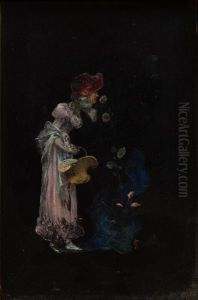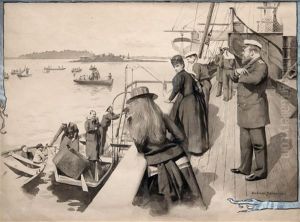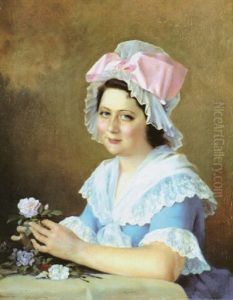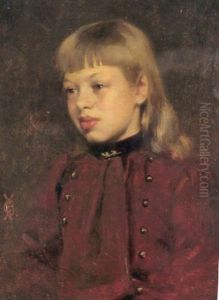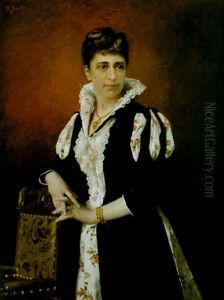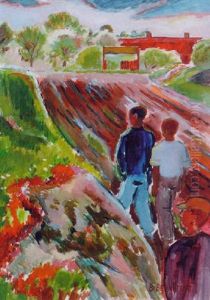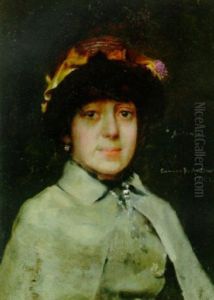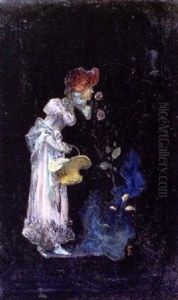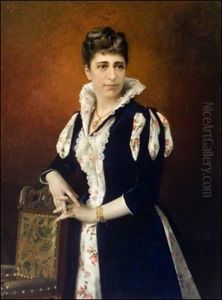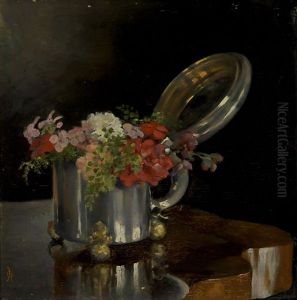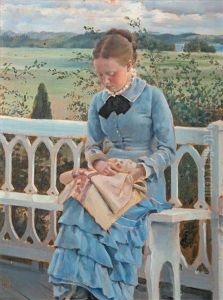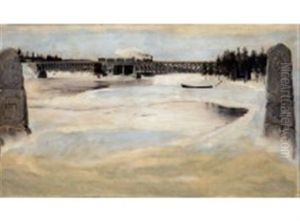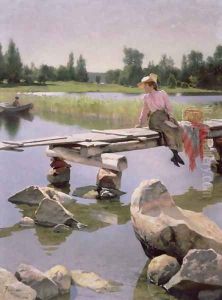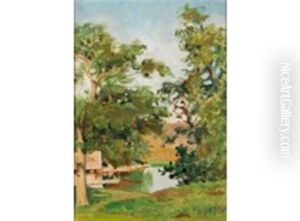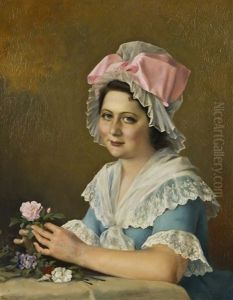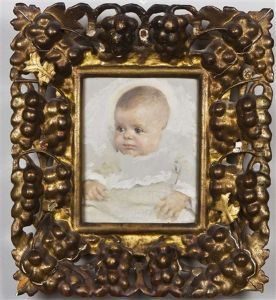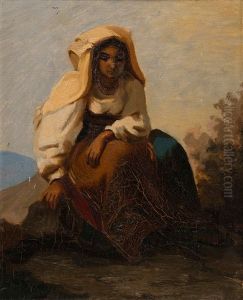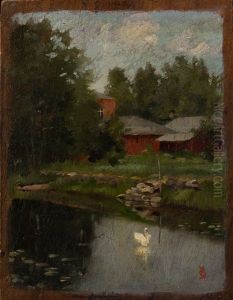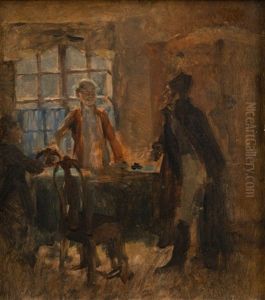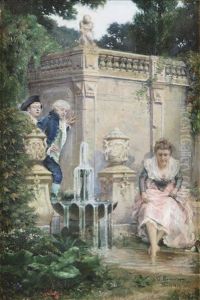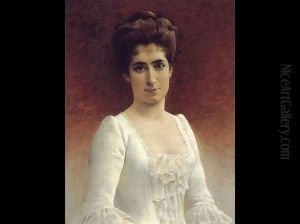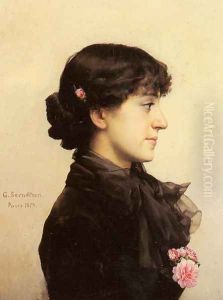Gunnar Fredrik Berndtson Paintings
Gunnar Fredrik Berndtson was a prominent Finnish painter, born on August 14, 1854, in Helsinki, Finland. He was a key figure in the Finnish art scene during the late 19th century. Berndtson's artistic journey began at the Finnish Art Society's drawing school, but he soon expanded his studies abroad, which was a common practice among Scandinavian artists of the time. His travels took him to Paris, France, which was the epicenter of the art world in the 19th century. There, Berndtson was deeply influenced by the French salon painters, and his style evolved to reflect the refined, detailed, and realistic approach characteristic of academic art.
During his time in Paris, Berndtson became associated with several notable artists and intellectuals, which further shaped his artistic outlook. Despite the prevalence of naturalism and later impressionism among his contemporaries, Berndtson remained largely faithful to the academic style, focusing on portraits, genre scenes, and occasionally landscapes. His work was marked by meticulous attention to detail, a vibrant palette, and a keen observation of light and shadow, which he skillfully used to add depth and volume to his compositions.
Berndtson's contributions to Finnish art were significant. He participated in numerous exhibitions both in Finland and abroad, earning acclaim and awards. His paintings are characterized by their elegance and often depict scenes of bourgeois life, capturing the subtleties of social interactions with a delicate touch. Through his portraits, Berndtson became a sought-after artist among the Finnish elite, offering a glimpse into the cultural and societal nuances of his time.
Despite his success, Gunnar Fredrik Berndtson's career was relatively short. He died on October 29, 1895, in Helsinki, at the age of 41. His legacy, however, lives on through his contributions to the Finnish art scene and his influence on subsequent generations of artists. Berndtson's work remains celebrated for its technical proficiency, its aesthetic beauty, and its documentation of Finnish society during a period of significant cultural and social transformation.
